Holocaust survivor shares his story of bravery
March 14, 2017
Filed under Community
Hang on for a minute...we're trying to find some more stories you might like.
Email This Story
For 10-year old Irving Roth, life took a completely different turn when a sign reading “Jews and dogs are forbidden to enter the park” was placed in his homeland of Czechoslovakia in the summer of 1939.
Born in Kosice, Czechoslovakia on Sept. 2, 1929 and having lived in Europe through 1945, Roth’s entire childhood was spent in the Holocaust.
Director of the Holocaust Resource Center at the Temple Judea of Manhasset and Adjunct Professor at the University of Maine, Roth shared his story over Skype with University of Toledo students and community members on March 1 in Rocket Hall.
He took the audience on a journey to provide them with insight on Europe in the 1920-30s.
Roth said the world was a rather peaceful place. Czechoslovakia was a democratic country and his city of 7,000 people included Jews, Catholics, Protestants and members of the Russian Orthodox Church all together in harmony.
At six years old, Roth began attending an integrated public school with kids from different backgrounds and religious beliefs. During this time, he befriended a Russian Orthodox girl and became very fond of her.
Roth said that he had a comfortable childhood as part of an upper middle-class family. However, trouble was beginning to emerge in the world.
In April 1933, Germany started to boycott Jewish enterprises. The ideology was to defeat Jews both economically and in the arts in order for Germany to prosper.
“The elimination of Jews from society was an essential aspect of Nazis,” Roth said.
Germany quickly started a propaganda program. In 1935, Nuremberg laws were passed that prohibited German Jews from having Reich citizenship and forbade them from marrying people of German or related blood.
At the same time, Jewish students in Germany were thrown out of school, Jewish professors were fired and the elimination of Jews from society was in full swing. Roth said that, at six years old, he wasn’t even aware of what was happening.
By 1939, the German army marched into Czechoslovakia and dismembered the country. They split it into what is modern day Czech Republic and Slovakia, which essentialized the ideas of Germany.
Roth, now living in brand-new Slovakia, found a country in which Jews were no longer allowed to play together with others in parks or go to the beaches. They were prohibited from going out at night and were forced to wear a yellow star.
As things began to change slowly, 10-year-old Roth started to learn about the prejudice, the hatred, anti-Semitism and persecution that confronted Jews.
“One day I was going home with the girl I liked, and as I was carrying her books and talking about getting together to do homework, she said that she could no longer be friends with me,” Roth said. “Her father told her not to be friends with a Jew or else ‘[she] might get called something really nasty, like a Jew-lover.’”
In September 1940, his principal stopped Jews from entering. Jews could also no longer own their own businesses. Roth’s father, Joseph, asked one of his Christian friends, Albert, to put the business under his own name. As a token of appreciation, Joseph offered Albert $1,000 per month.
Within months of taking over the business, Albert returned and asked for half of the profits. A few months later, he came back and took all of Joseph’s profits.
“In just a matter of time, my father’s good friend was transformed, and that’s really what the Holocaust was about, transformation of society,” Roth said.
By summer 1942, six death camps were operating.
“We knew something was happening because, in the summer of 1942, on Friday night, 1,800 Jews were marched into a synagogue that could only hold up to 500 people,” he said. “There were no bathrooms or air conditioning, and guards were standing outside to make sure no one escaped.”
After being stuck for almost two days, the Jews were later marched into the railway station, shoved into cabin carts and resettled. In the coming months, Roth’s grandfather and grandmother were both arrested.
“We knew people were being arrested, put into trains and were gone,” Roth said. “We managed to get them out by paying someone off.”
To avoid being arrested, Roth and his family escaped to Hungary, where he lived with his brother, grandparents and other relatives while his parents moved to Budapest to find jobs.
In the spring of 1944, the Hungarian Nazis and the German government sent Jews to concentration camps in cattle cars. Ninety percent of them died on the journey.
Roth was one of the 437,000 Jews taken from their homes. Riding on a train crowded with 100 people, no windows, no place to sit and no bathroom for three days and three nights, 14-year-old Roth said he had no idea what was going to happen.
Once they arrived in Auschwitz, everyone was divided into two lines. Roth stood on the left with his older brother Andre, while his grandparents and aunt’s family stood on the right. The Jews standing on the right were led into a group shower. They were gassed to death and later incinerated in the crematoria.
He added that, out of the 4,000 Jews that arrived, only 300 people made it out of the camp alive.
Roth said that he and his brother were taken to Auschwitz, where their clothing was exchanged for striped jackets and pants. He was tattooed with a number and assigned to drain swamps and plow the fields.
“I was a kid who grew up in the city and knew nothing about farming,” he said.
In a matter of days, his brother was taken away, never to come back. Roth was put onto a train and moved to a new camp called Buchenwald with gas chambers.
Roth said he was always hungry and only had a piece of bread for dinner every night. Weighing only 75 pounds, Roth knew he would surely die if another death march took place.
Finally, on April 11, the U.S. Army entered Buchenwald and rescued the remaining Jews. Roth was liberated from Nazi captivity and oppression.
“There wasn’t a single person in the German Army uniform. People no longer wanted to kill me! There were 300 of us, and all the soldiers wanted to feed us. The doctors came to examine us and see how our health was,” Roth said.
Roth reunited with his parents in his home village. While Roth fought for survival in the concentration camps, his father wound up in a coma in a hospital where all the doctors told his mother that he would die. A Christian Adventist night nurse took care of Joseph and hid both of his parents in her one-bedroom apartment.
“So my parents were safe because someone was willing to help,” Roth said.
Roth said that the most important lesson he learned from the Holocaust was that one needs to evaluate every action groups, individuals and countries take. The Holocaust did not happen all at once; it was a step-by-step process.





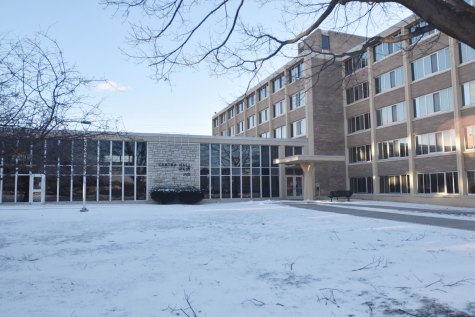


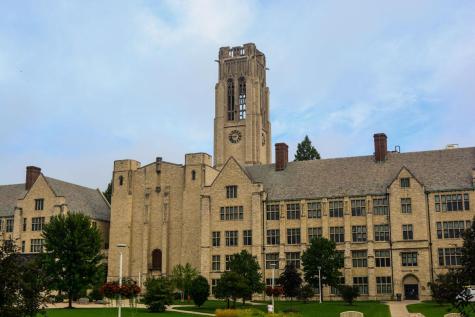
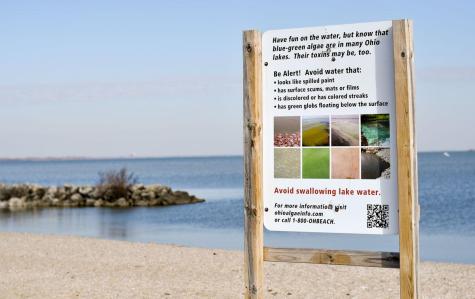

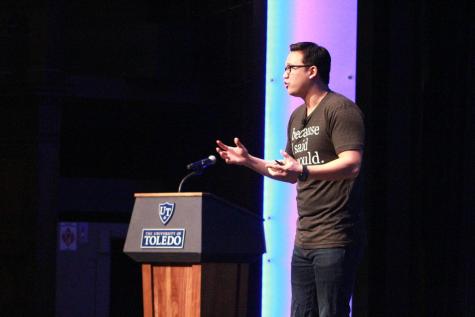
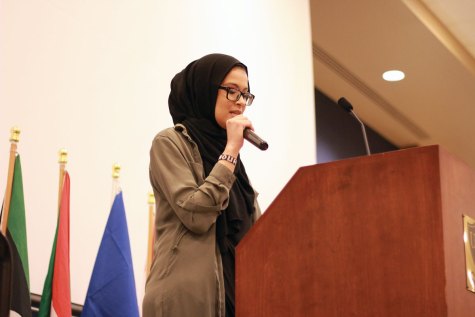

Leave a Comment